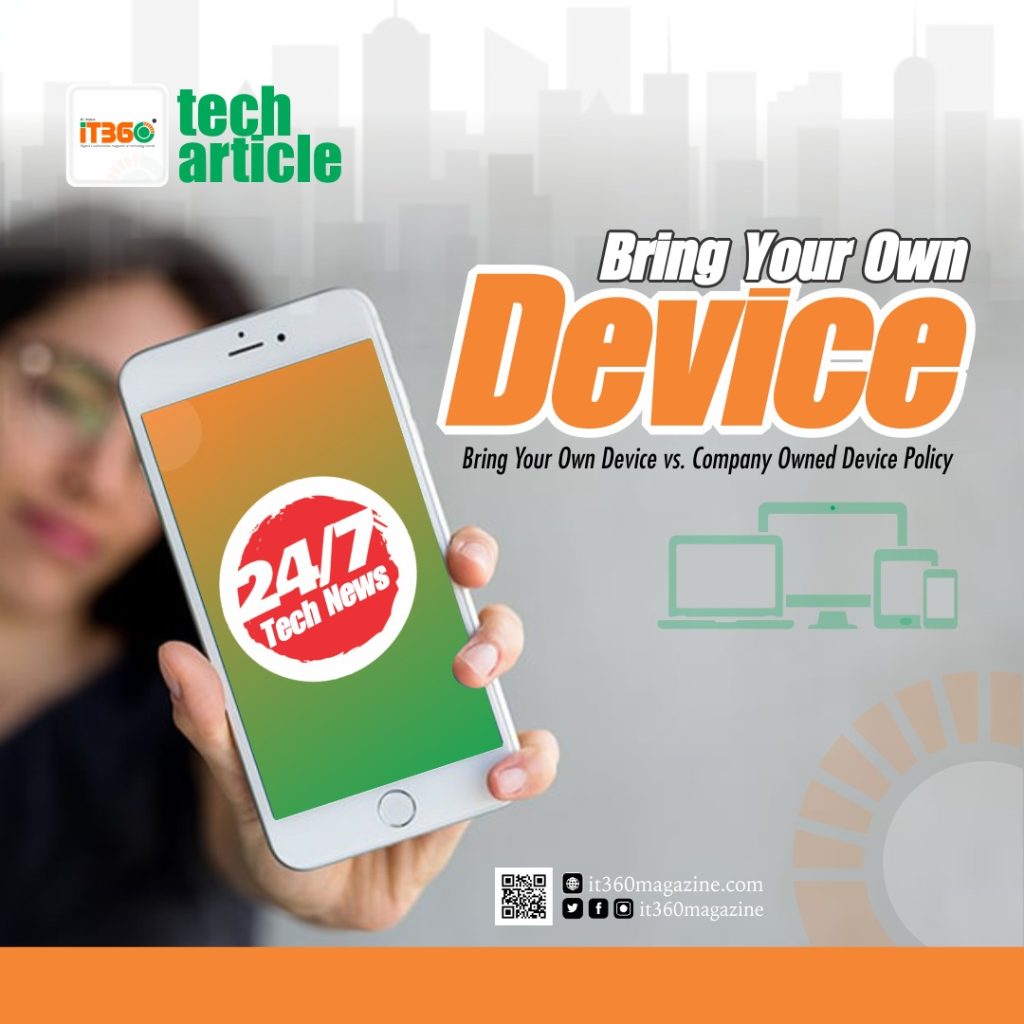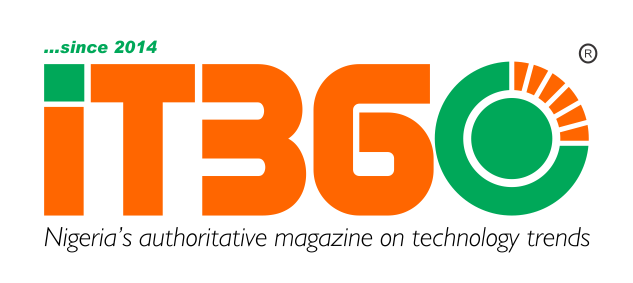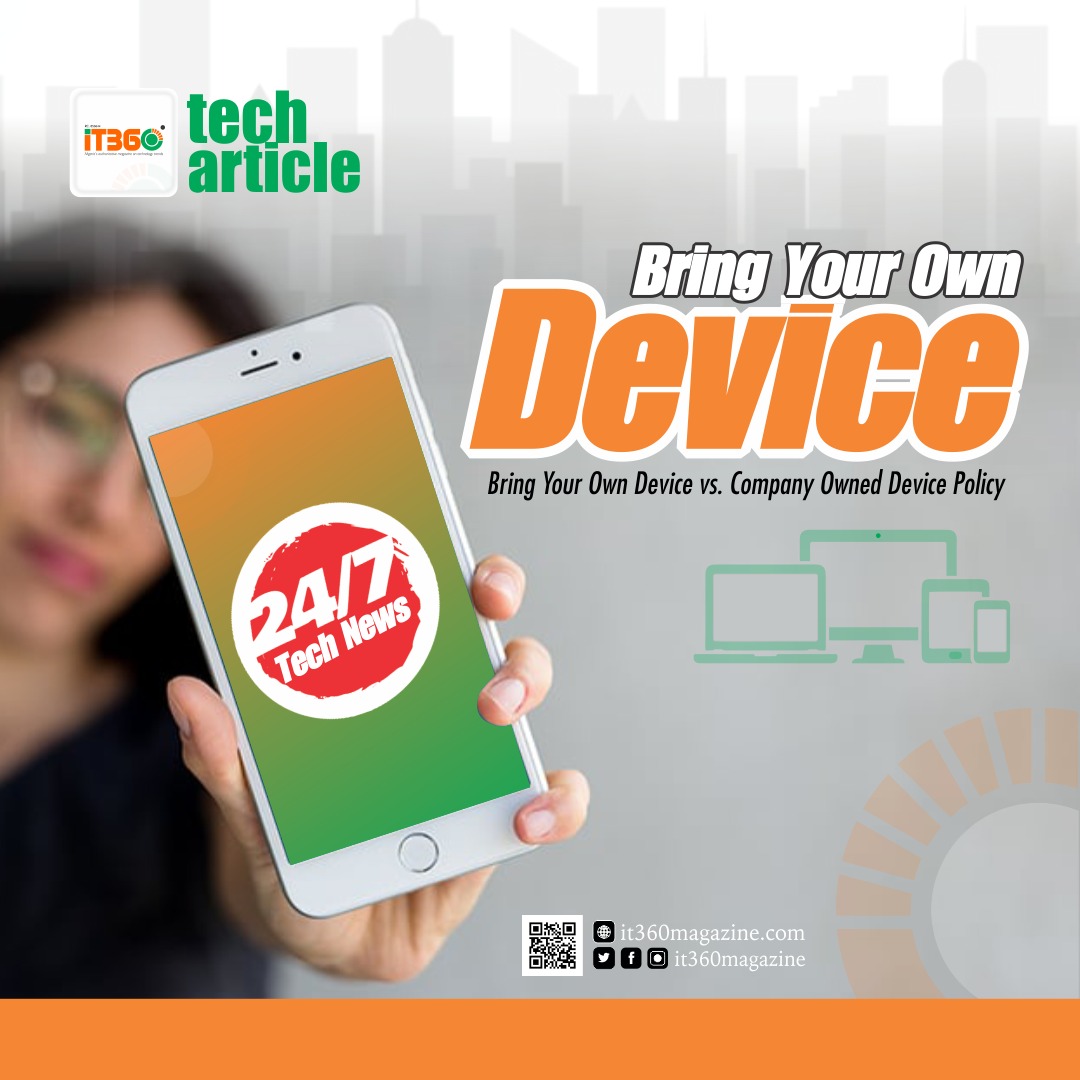Bring Your Own Device (BYOD)
Bring your own device (BYOD) is a policy that allows employees to use their personal devices to access business applications and data instead of requiring them to use company-provided devices. Personal devices can include phones, laptops, tablets, or anything else for accessing business apps and data.
BYOD solutions are more common as businesses accommodate workers who work from home, have flexible hours, or want to stay connected while travelling for business or commuting. While some businesses may accept BYOD, others may view it as “shadow IT,” which is defined as software or hardware that is not supported by IT.

How BYOD Policy Works
The acceptable uses of technology, how to use it, and how to protect the company from internet threats are all covered by a BYOD policy. It is critical to establish a BYOD strategy that is clearly defined and takes into account the benefits and risks of BYOD inside the organization.
There are various BYOD functioning options. Since data loss might occur as a result of unprotected devices and weak passwords, the business should first set security policies for each device. BYOD guidelines should specify:
- Minimum security measures, such as data encryption and strong passwords
- What kinds of business data can be kept on local devices? (if any)
- Whether or not timeout restrictions and auto-lock functions will be implemented
- Which mobile data management (MDM) or mobile device security software, if any, is required to be installed on BYOD devices?
- Whether the company is permitted to remotely wipe the device clean of any business data if it is lost, a worker is fired, or a policy violation is discovered.
Different levels of security are needed for different businesses, depending on the size of the company. Organizations should establish acceptable usage policies to specify what personal devices can and cannot be used for business purposes after security measures have been established. These contracts should include:
- Applications that are allowed for employees to use on their own devices, with a clear distinction between those that are and are not.
- Certain websites are blocked when using business resources, a corporate network, or a VPN.
- Which user devices may access company applications and data, such as email, calendar, messaging, contacts, etc.?
- Storing and transmitting illegal content, or using personal devices for any work-related outside business activities.
BYOD MDM software, which enables monitoring, managing, and configuring BYOD and employer-owned devices from a single central dashboard, should be used to enforce policies. The typical MDM capabilities for BYOD include:
- Automatic malware checks on BYOD devices, including removing malicious software from the corporate network.
- Updating devices with anti-malware software and guaranteeing their installation.
- Online patch and update installation for operating systems and software.
- Enforcement of security policies.
- Automatic recurring or on-demand data and application backup for businesses.
- Remotely wiping corrupted, stolen, or lost devices.
After BYOD policies have been defined, they must be supported by adequate training to ensure easy and comprehensive implementation. The concern of the company “spying” on employees can be reduced by providing new hires with a training booklet that explains the policies and why they were adopted.
Employees should have a BYOD exit checklist that includes deactivating company email accounts, remotely erasing employer data from devices, and completely deleting company-issued devices. HR and network directory exit strategy should be part of an employee’s exit strategy as well.
BYOD policy may also specify if employees who check their email or take business calls after work hours are entitled to overtime pay as well as any company-provided subsidies for BYOD data plans or home internet connectivity.
Pros and Cons of BYOD
Pros;
- Increased efficacy of employees as a result of their greater speed and comfort using personal devices.
- Enhanced employee output, as evidenced by a study that demonstrates a 16 per cent increase in output over a long hour workweek.
- The organization adopts new technologies without incurring IT costs for hardware, software license, or device upkeep.
- Improved job fulfilment and engagement of staff members by promoting workplace flexibility.
- Reduce device management for equipment owned by the company.
Cons;
- Personal devices might have dangerous software installed on them, making them more susceptible to online attacks, or both.
- Potential data breaches are brought on by lost or stolen personal devices or personnel leaving the firm.
- To make your present IT infrastructure and tech support BYOD compliant across the full spectrum of devices and applications your employees will be utilizing, you may need to make some changes.
- Inadequate network.
- Since it is the device owner’s responsibility to handle passwords, anti-virus and anti-malware protection, security patches, and other safety measures, you have little to no control over protecting the device.
- It could be difficult to store both personal and professional data on the same device. The security of data once it has been saved on the device must also be taken into account.
Company Owned Device
Company Owned Device (COD) policy is when organizations give their employees certain mobile devices to use for a predetermined set of office tasks. In such scenarios, the business will have absolute control over the devices and can manage, monitor, and secure these devices remotely and in real-time using a mobile device management system.
How COD Policy Works
The development of an acceptable usage policy (COD) is one of the initial phases in the creation of such a policy. Users should not have unrestricted access to the gadget, even while they are permitted to use it for personal tasks. IT managers will probably need to implement rules that forbid users from viewing offensive content.
The terms of service for the device must be specified when IT administrators create a COD policy. Users must be aware that if they keep personal data on a lost device, they may lose that data if your policy calls for a remote wipe to be performed on the device.
Since the gadget is owned and set up by the business, its support will likely fall under the purview of the IT department. Technical support should be covered in a good COD policy.
A well-written privacy policy helps to establish expectations for end users while also establishing limits for the company. End users who visit their personal social media accounts through a COD device might wonder if the company is snooping on them. The issue of end-user privacy should also be covered by such a policy.
Benefits of COD
- Cloud-based management: An MDM platform and company-owned device policy allow the IT administrator to easily and remotely control all devices from a centralized dashboard in real-time. It allows the business considerably more control over all of the network’s linked devices, including IoT devices utilized for business purposes.
- Employ special MDM features: An MDM program can be used to easily manage, monitor, and secure the devices remotely and in real-time. It gives the company’s IT administrator access to several distinctive and useful features and functionalities. These include context-aware notifications, mobile application management, remote device troubleshooting, and more.
- Personal device supervising: MDM solutions make it simple to manage company-owned devices and so add a layer of data security. This gives the IT administrator total visibility over the whole device inventory while enabling remote device monitoring from a centralized dashboard. Personal monitoring and location tracking capabilities can be imposed.
- Increased efficiency and cost savings: Employees are kept constantly engaged and responsible thanks to this strategy and devices that are pre-loaded with all the relevant workplace tools and materials. IT-enabled requirements like kiosk mode guarantee to cut costs associated with unrestricted internet access and the installation of user applications.
- Full company’s data protection: Since these mobile devices are owned by the firm, the IT administrator can set up pertinent security policies, apply conditional access, and implement essential usage guidelines to prevent the loss, theft, or misuse of the corporate data contained on them. To strengthen network security and reduce cyber risks, IT administrators can also mandate specific encryption and Wi-Fi systems.
Challenges of COD
An organization’s responsibility for providing updates and maintenance for the devices is one of the biggest problems. The IT team of the company can be further burdened by this. If it hasn’t already, the company will need to spend money on enterprise mobility management (EMM) software.
Supporting COD and BYOD at the same time can be challenging. IT may not have the staffing resources to support both. Some users might still choose to use their own devices, rather than rely on a company’s EMM solution for all-inclusive employee mobility.
Is BYOD (bring your own device) the best policy? Or might the company owned device (COD) policy be a better choice? It should be mentioned that each policy has advantages and disadvantages of its own. However, the type of business you run will determine how simple it is for you to make a decision. For instance, a start-up company can opt against adopting the (company-owned device) policy due to its high maintenance costs. While the (bring your device) policy may not be advised for a business that has various customer records due to the potential cyber security risk to the organization. In other words, your decision on which policy to stick with has to be properly reviewed before dabbling into it, likewise sizing all the possible pros and cons it might pose to your business, and how you can effectively maintain it to suit your business.


